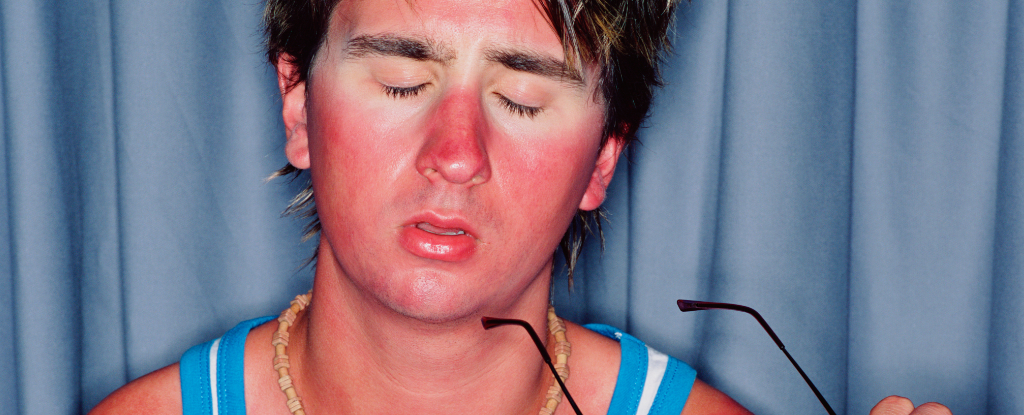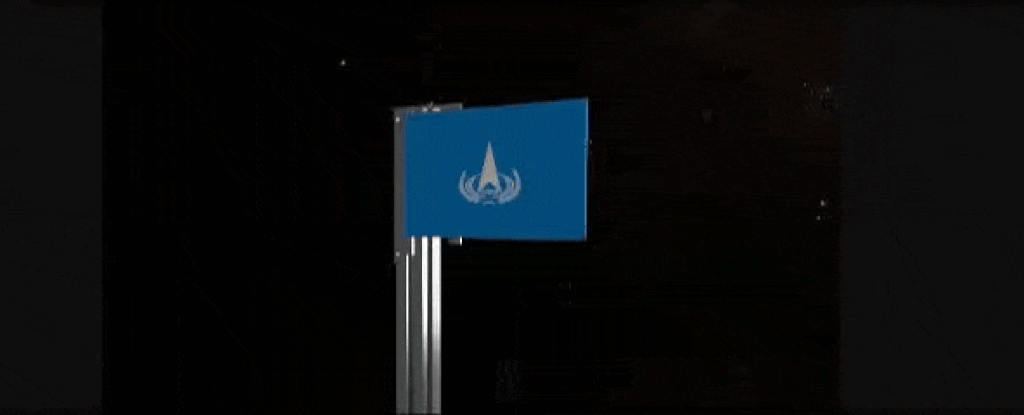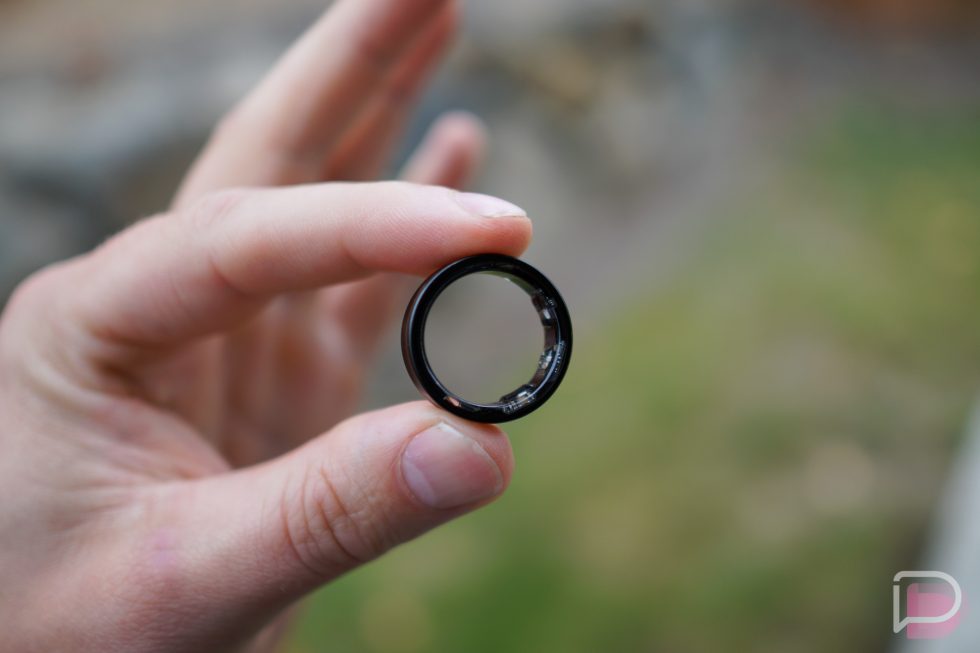DJI Flip review: Rounding out the ultra-affordable
DJI is on a roll. Hot on the heels of the launch of the tiny and cheap DJI Neo, the company is launching yet another … The post DJI Flip review: Rounding out the ultra-affordable appeared first on BGR.

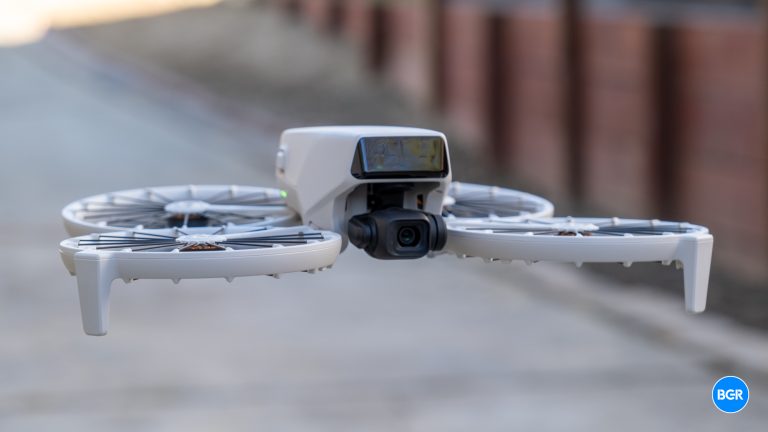
DJI Flip
The DJI Flip is DJI's latest ultra-low-cost, but while it is cheap, it still offers a of smart features and solid camera quality.
Pros
- Inexpensive
- Solid camera quality
- Safety-first propellers
- Easy to use
Cons
- Not the fastest
- Zoomed images aren't great
DJI is on a roll. Hot on the heels of the launch of the tiny and cheap DJI Neo, the company is launching yet another form-factor in the form of the DJI Flip. The DJI Flip is designed specifically as a drone for vloggers who want to do aerial photography and videography without shelling out for one of DJI's more expensive drones.
The Flip has a pretty different overall form compared to other DJI drones, doing away with the traditional quadcopter design in favor of what DJI says is a safer and more stable approach. And it's built to be smart too -- offering a range of smart flight modes and other shooting features.
Does the DJI Flip really make a case for itself as the go-to drone for vloggers?
A unique design with safety in mind
The design of the DJI Flip is perhaps the most interesting thing about it. The drone does away with the traditional drone design, which has four exposed propellers, in favor of four oversized fan-style propellers, which extend from the bottom of the body of the drone.
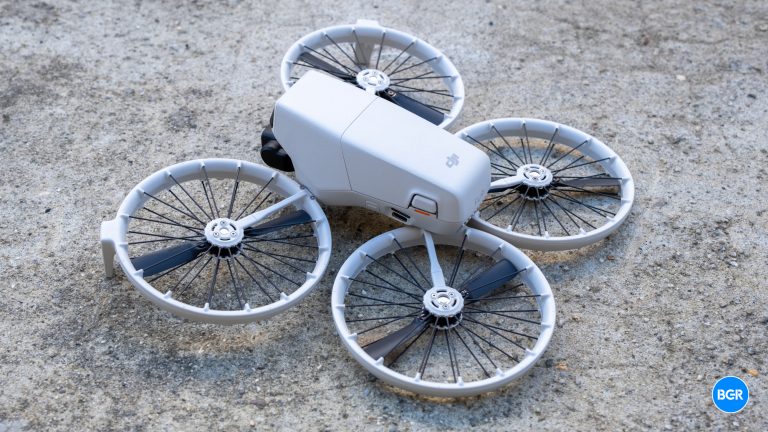
This serves a few different purposes. For starters, it's safer, especially for those who might want to shoot footage close to themselves or other subjects. That's pretty helpful -- but on top of protecting the user, it also helps protect the drone. If you've flown a drone before, you'll know that the first thing to break in the event of a collision is one (or multiple) of the propellers. It's still possible to break a propeller, and the drone comes with some extras if you need them, but it's a whole lot less likely.
The propellers themselves fold down under the body of the drone, which shows off perhaps the main disadvantage of this style of design. When folded up, the drone is a little bulkier than most other drones -- though still relatively small and compact.
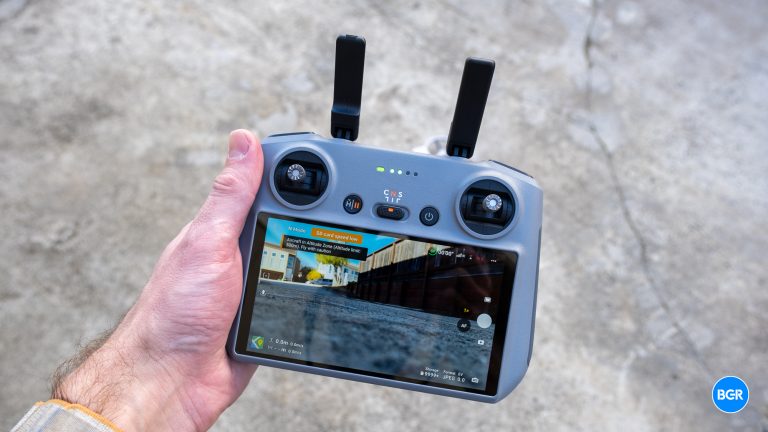
The battery attaches to the back of the main body of the drone, while the camera sensor, attached to the gimbal, is at the front. The DJI Flip is built to be cheaper than DJI's other drones, so it doesn't have 360-degree obstacle avoidance. That said, it does have forward-facing LiDAR-based obstacle avoidance, which is better than camera-based avoidance since it can better judge obstacle distance in the dark.
However, the drone is still recognizable as a DJI drone. It has the same matte light gray color scheme as other DJI drones, and it looks quite nice. It weighs in at under 249 grams, too -- which means that it doesn't have to be registered with the FAA before use.
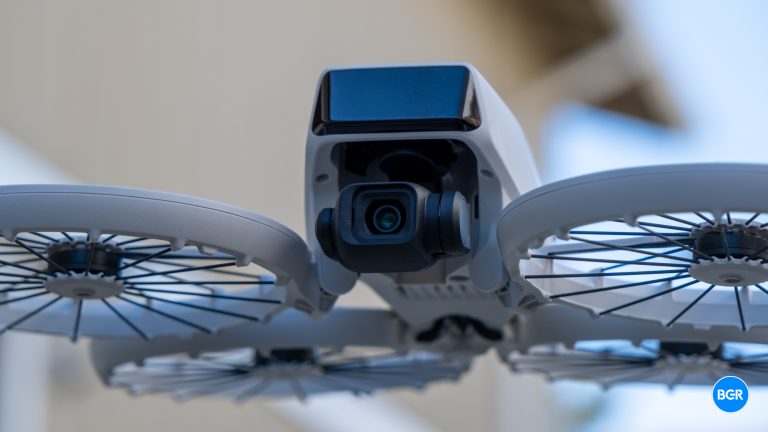
We're reviewing the DJI Flip Fly More Combo, which comes with the drone itself, a total of three batteries, three extra propellers, and the DJI RC 2 controller. The combo, however, costs more -- so if you're on a budget, you'll want to go for the base combo, which doesn't come with extra batteries and swaps out the controller for a controller that uses your phone's screen instead of having a built-in screen. To get the DJI Flip Fly More Combo, you'll have to pay $779. But if you don't need the additional batteries, you can get the DJI Flip with the RC2 controller for $639. The base package of the DJI Flip is $439, and you'll have to use your phone with its controller if you go for that combo.
Smart features and a solid battery life
DJI is leaning heavily into smart features for the Flip. Indeed, the drone comes with a range of features designed to help make filming easier, especially for vloggers who might want to shoot both close-up and further away.
For starters, the drone supports the DJI MasterShots feature, which is designed to allow users to perfectly set up a shot and have the drone perform it automatically without the user having to try and film the shot over and over manually. It's a neat feature, and while it can take some time to set up a shot, it helps to be able to execute it perfectly. Both the movement of the drone itself and of the camera can be set up in MasterShots.

Other features are perhaps less advanced, but still helpful. There's the Hyperlapse feature for capturing timelapse footage, along with the Panorama feature that lets users capture wider footage. And there's FocusTrack, which is designed for the drone to automatically follow a subject, whether it be a moving subject, like a person walking around, or a static subject, in which case the drone will keep the subject in the shot, even as the drone itself moves.
There are also some other shooting modes, which are essentially basic filming modes that the drone can perform. Through these so-called One Tap Quickshots, the drone can circle a subject, rocket towards the sky with the camera pointed at the ground, or spiral around a subject. All of these modes and features are pretty easy to use, and in testing, worked quite well. DJI has done a great job at improving the intelligence of its drones, ensuring that these features get better and better.
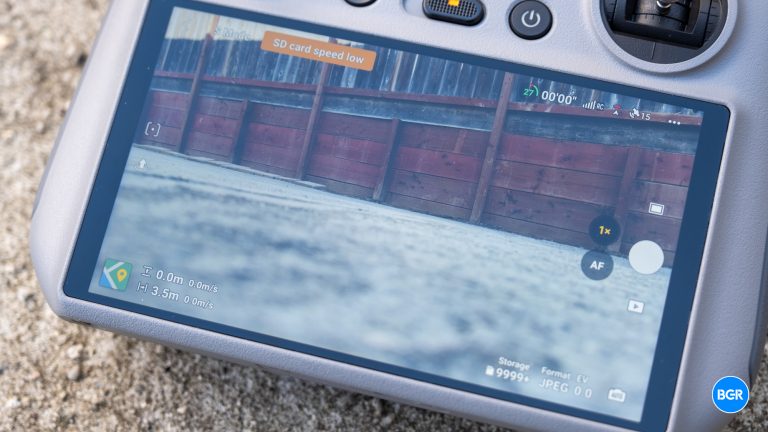
The battery life on offer by the drone is pretty good too. It has a 31-minute flight time on a single charge, which is better than many other drones out there. With the Fly More combo you'll get three of those batteries, which can seriously help on longer shooting sessions.
Solid camera quality, day and night
The camera built into the DJI Flip is solid too. The device has a 48-megapixel 1/1.3-inch CMOS sensor -- the same sensor as the DJI Mini 4 Pro. It can capture 4K HDR video at 60 frames per second, which is helpful for vloggers and other videographers who want to be able to capture 4K footage that they can slow down.
Generally, footage looked quite good. It certainly wasn't as impressive as the footage captured by the likes of the DJI Air 3S, which is a much higher-end and much more expensive drone. But, we also wouldn't expect it to be. Footage was vibrant and bright, and the various shooting modes were helpful for those who aren't necessarily hardcore videographers, but still want something that can capture more creative shots.
Conclusions
The DJI Flip makes a compelling case for itself as the best drone under $500. The drone doesn't offer the more advanced features that you'll get from DJI's more expensive options, but it does provide solid image quality and essential features at a very low price. If you're a content creator on a budget or simply want a drone for casual use, the DJI Flip is an excellent option.
The competition
The main competitor to the DJI Flip is DJI's own last-gen mini drone, the DJI Mini 3. The DJI Mini 3 can't shoot 60fps video in 4K, and it doesn't have the same selection of advanced AI-based features or the same approach to safety -- but it does have a longer battery life. For most, the DJI Flip is a better option than the DJI Mini 3, especially given its more advanced and creative shooting modes.
Should I buy the DJI Flip?
Yes. It's the best drone under $500.
The post DJI Flip review: Rounding out the ultra-affordable appeared first on BGR.
Today's Top Deals
- Best Ring Video Doorbell deals
- Best Apple deals for January 2025
- Best Apple Watch deals for January 2025
- Today’s deals: $264 Nintendo Switch console, $249 Apple iPad 9th-Gen, $399 Samsung M8 monitor, more
DJI Flip review: Rounding out the ultra-affordable originally appeared on BGR.com on Tue, 14 Jan 2025 at 20:00:00 EDT. Please see our terms for use of feeds.
What's Your Reaction?





























